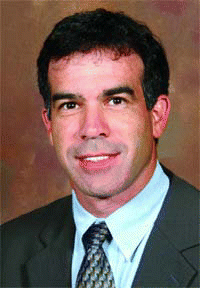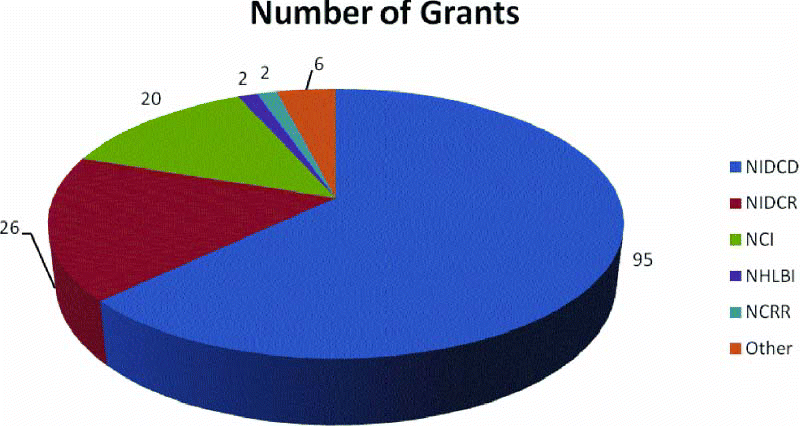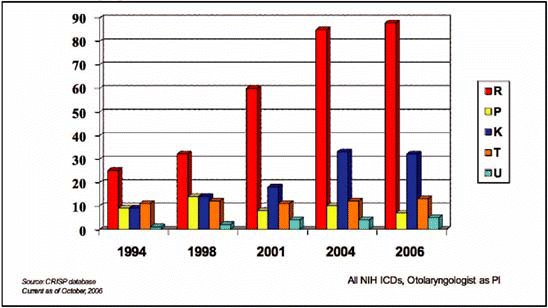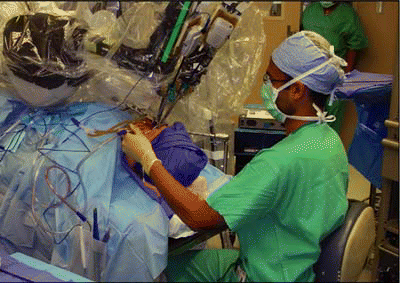Otolaryngologists increasingly must think about the cosmetic outcomes of patients undergoing head and neck surgery.



Neonates with younger gestational age and lower birth weight are more likely to fail extubation and to require earlier surgical airway intervention, according to an April 28 presentation by University of Texas Medical School, Houston, researchers at the American Society of Pediatric Otolaryngology program at the Combined Otolaryngology Spring Meeting.

In the past, almost all support for otolaryngology research was provided through the National Institute on Deafness and other Communication Disorders (NIDCD) or its parent institute, the National Institute on Neurological Diseases and Stroke (NINDS).

“Despite increasing awareness among intensivists and respiratory therapists and more widespread use of low-pressure, high-volume cuffs, the incidence of tracheal tube cuff overinflation remains high in the contemporary American intensive care unit [ICU],” said Luc Morris, MD, from the Head and Neck Service in the Department of Otolaryngology at New York University School of Medicine during his scientific session presentation at the April 2007 meeting of the American Broncho-Esophagological Association at the Combined Otolaryngology Spring Meeting.

An important success story has been quietly taking place at the National Institutes of Health over the last decade, which bodes well for patient care, for science, and for the specialty.

To date, various studies have demonstrated an increase in the incidence of orbital and skull base erosion in African Americans and males diagnosed with allergic fungal rhinosinusitis (AFRS), but other factors have yet to be delineated.

Sublingual immunotherapy (SLIT) is effective in controlling allergic symptoms in a preliminary patient cohort, according to a study presented April 27 at the Combined Otolaryngology Spring Meeting.

